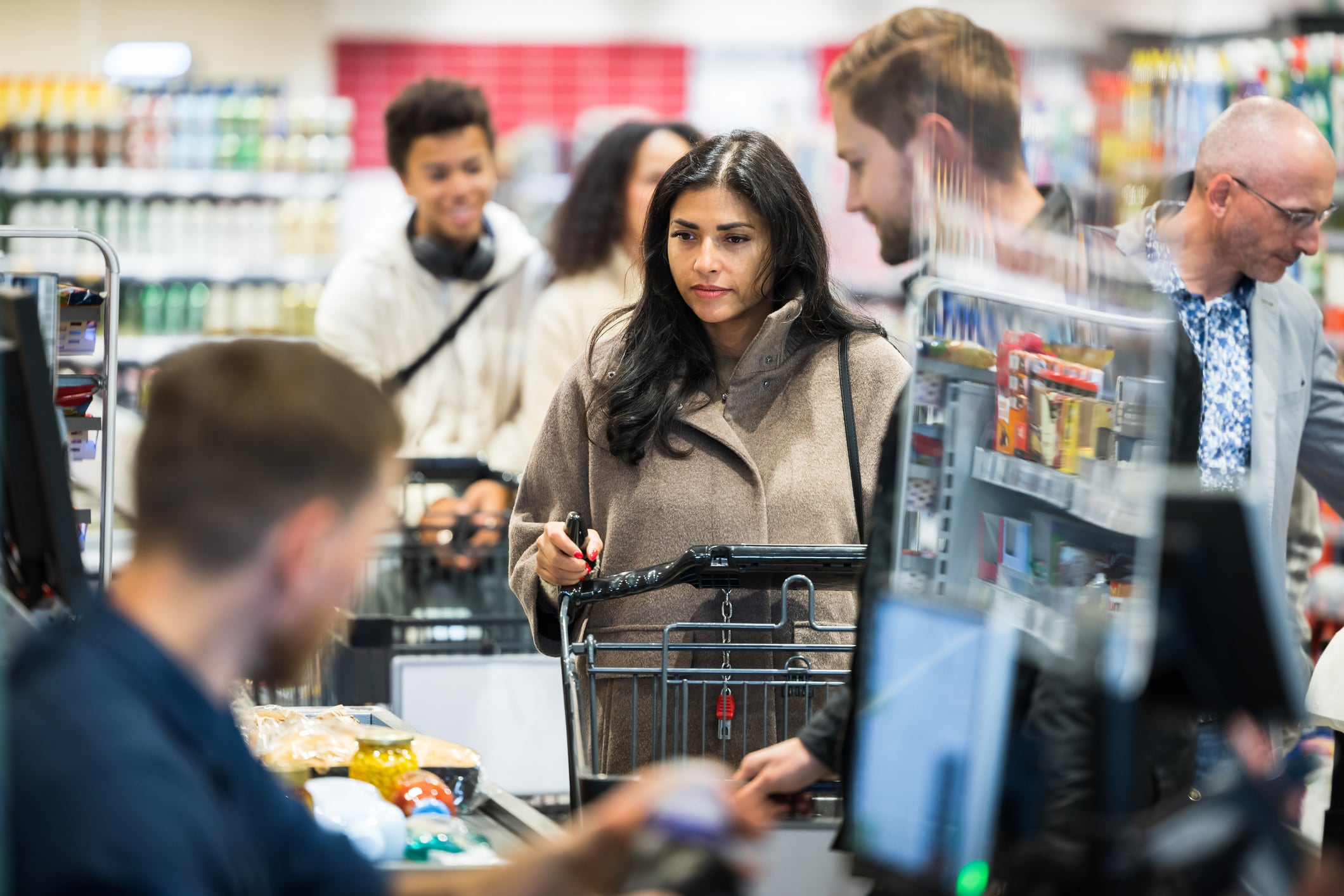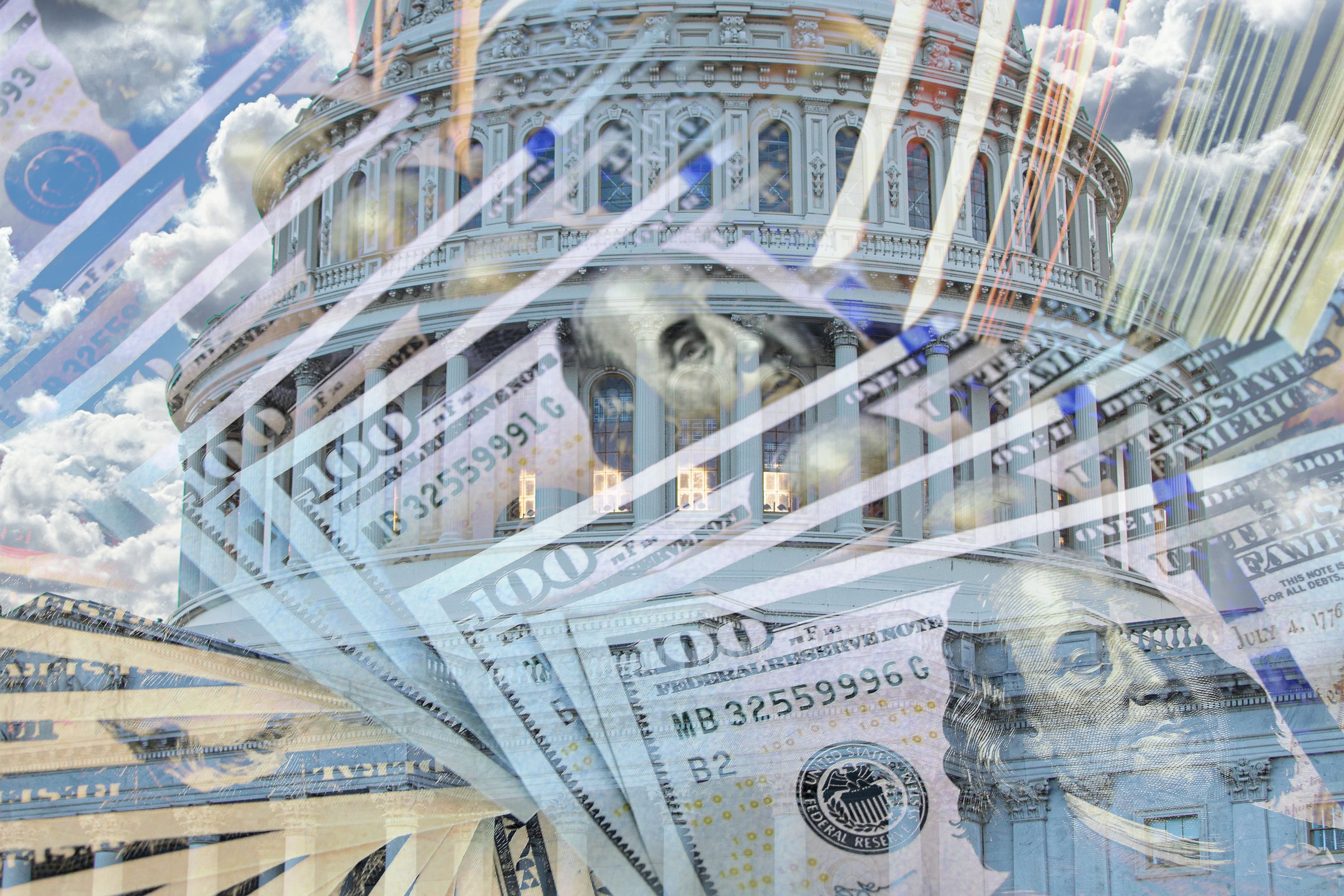In March, seasonally adjusted US retail and food service spending in the US increased 1.4% to $734.9 billion from February – slightly ahead of consensus forecasts – and up 4.6% year-over-year on an unadjusted basis, the Census Bureau announced last week. This builds on a 0.2% month-over-month and 3.5% year-over-year increase in February.
However, the increase was uneven across segments, with sales at motor vehicle and parts dealers leading the way alongside furniture and home furnishing stores, both of which rose 4.9% in the past three months over the same period from 2024. The sales increase at food and beverage stores, however, was much lower – increasing only 1.9%, including 2.2% at grocery stores, for the same period.
What does spending say about consumer confidence?
Consumers’ decisions on where to invest likely reflect anxiety about potential tariffs and an early effort to buy items that they fear may become scarce or more expensive should tariffs go into effect, according to consumer behavior expert Chip West, who also is the director of category strategy at RR Donnelley.
“Anticipating potential supply chain disruptions, many consumers made preemptive purchases – including automobiles – and took advantage of March deals to stock up on items they feared might soon become scarce or more expensive,” he explained.
Grocery sales may have held steady in part because the full extent of the Trump administration’s tariff strategy was unclear when the data was released.
The Census Bureau data was released after the Trump administration announced tariffs on China, Canada and Mexico in February but before “liberation day” on which the president announced a minimum 10% tariff on all US trading partners and sweeping reciprocal tariffs on dozens of countries.
While many of the tariffs have been suspended temporarily, other tariff announcements underscore the fluidity of the landscape, which is tempered a bit by tax refunds, lower energy costs and “solid growth in income,” National Retail Federation Chief Economist Jack Kleinhenz said in a statement.
Despite a few positive economic indicators, he added, “there is no question that the consumer is not feeling great given the confusion of policy announcements from Washington. On-again, off-again rising tariffs and resulting turmoil in the stock market and world economy are clearly impacting consumer concerns about higher prices and future consumer spending growth.”
Consumers stockpile some items while simultaneously seeking deals for others
In response, some consumers are stockpiling products, while others are looking for deals.
According to a survey conducted for NRF in March, 46% of consumers stocked up on appliances, clothing and other items because they are worried tariffs will trigger higher prices.
At the same time, West said he expects consumers to become more cautious – especially about their household spending, which includes their grocery budgets.
“While the extent of potential supply disruptions remains uncertain, retailers have a chance to learn from recent history. Expect consumers to sharpen their value-seeking behaviors— driven by the need to find the right item, at the right price, at the right time,” he said.
He added, “Consumers are already turning to a variety of savings options to support current purchases. Retailers that stocked up on near-record import inventories are well-positioned to attract shoppers looking to buy now, amid fears of rising costs or limited availability. With smart, creative promotions, retailers can deepen loyalty and engage new customers.”
Private label gains importance
Within grocery, West said he expects fluctuating prices will “continue fueling an even more heightened interest in private-label options.”
In addition to elevating private label offerings, grocers can attract value-seeking consumers by offering incentives, such as holiday sales or promotions tied to loyalty programs, he said.




